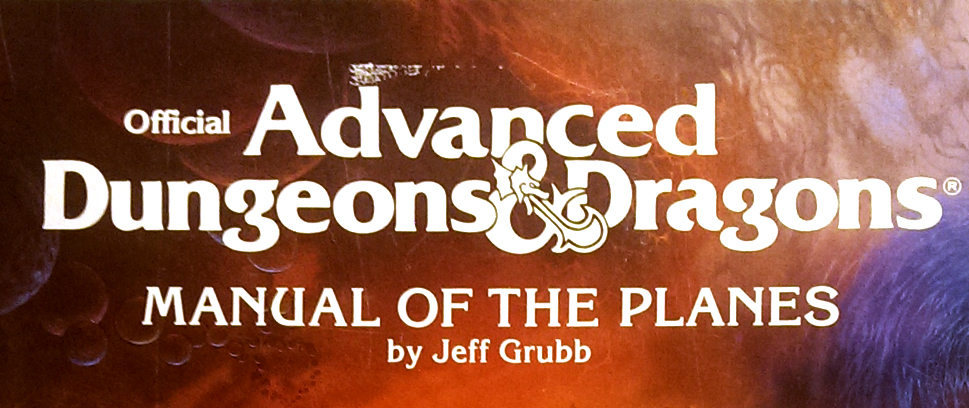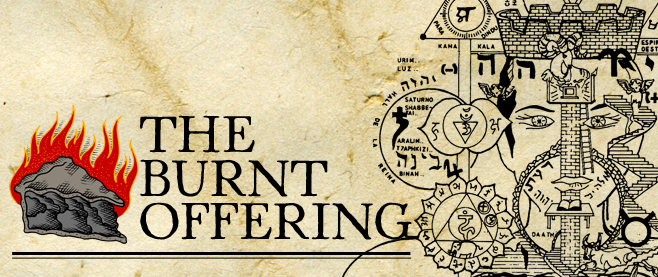
OD&D
An interesting thing about tabletop roleplaying games: we can pinpoint their exact genesis.
Videogames, for instance, came into their own as a creative medium around the same time, but it isn’t easy to definitively say what game was the first. Depending on your definition, you could argue that any one of a number of primitive games developed to showcase programming skills or computing power in the 1950s fit the bill (see Bertie the Brain or Nimrod). It could be 1958’s Tennis for Two, on the merits of it being the first videogame developed purely for entertainment. It could be SpaceWar!or another one of the mainframe games programmed at research institutions in the 1960. You might think it was Pong, the massively successful 1972 arcade game, because it was the first videogame easily accessible to the public and therefore the one that most closely matches our contemporary conception of the medium. It could be another game entirely – there are plenty of others to choose from.
For tabletop roleplaying games, there is no guess work: Dave Arneson’s homebrew Blackmoor game was the first recognizable tabletop RPG and that formed the basis for the 1974 Dungeons & Dragons box set, developed along with Gary Gygax, that introduced the concept of roleplaying to the public.

Which isn’t to say it appeared out of nowhere. Things like historical reenactments, mock trials, the “creative history” of the Society for Creative Anachronism and the long tradition of tabletop wargaming all contributed to the creation of tabletop RPGs, but they are all clearly not tabletop RPGs. When D&D first appeared in 1974, there was nothing else like it. It was New. How often does that happen? Judging from the fact that “there is nothing new under the sun” is a quote from the Bible, I think it is safe to say, “not very often.”
I exaggerate, but only slightly. You can see how that newness relegated RPGs to the outskirts of cultural acceptance for many years – people just didn’t know how to talk about them in a way that outsiders could understand. Despite a moment of very strange market penetration in the early 80s, it is only in the last decade or so that fluency for the inner workings of RPGs has made headway among people outside the hobby.Did you ever hear people talking about leveling up in the 90s?
The influence of tabletop RPGs on videogames is perhaps mostly responsible for this, but RPGs – with Dungeons & Dragons in the fore – have been making steady headway into mainstream pop culture since Elliott bugged his older brother to play in E.T. the Extra-Terrestrial.
All because of one little box.
* * *

The original run of Dungeons & Dragons box sets, which were hand-assembled, were packaged in a box with a faux-wood grain – evidence that everything in the 70s aspired to wood paneling. Starting in ‘76, the wood grain was replaced by simple white and, perhaps because I own one, I think of this edition as White Box D&D.
Despite a number of printings and cover changes, in terms of the content there are only two distinct editions of the white box – those that were printed from 1974 through 1976 and those printed from 1977 on. The latter version, which is the one I own, has a malformed starburst on the cover that exclaims, “Original Collector’s Edition,” in order to differentiate it from the newly released Basic Dungeons & Dragons by J. Eric Holmes.

The 1977 edition also excised terms under copyright by Tolkien estate. Hobbits became halflings, ents became treants. Nazgul and balrogs were removed entirely, though a pastiche of the latter turned up in the Eldritch Wizardry supplement as the Type VI demon we know and love today as the Balor. In other respects, the two editions are identical.
There is much that is rudimentary in here. The rules are split across three digest-sized booklets: Men & Magic, Monsters & Treasure and The Underworld & Wilderness Adventures (which form the basic template of Player’s Handbook, Monster Manual and Dungeon Master’s Guide that D&D follows to this day). They are good examples of amateur press publications for the time – well bound, firm covers, clear printing, good paper stock – but a modern reader would likely flip through and call them quaint or crude. The type was set on a manual typewriter. The illustrations are mostly on the level of the sort you might have found in the school notebook of a kid who was really into heavy meta. Dave Arneson contributed some, but other than him, the only illustrator’s name I recognize is David C. Sutherland III who, while an undeniably classic RPG artist, always impressed me more in terms of energy and creativity rather than in the realm of craft.

Much of the game system is rough but recognizable. There were but three classes – magic-user, cleric and fighting man (chuckle) – and four races – elves, dwarves and halfling. Some of the monsters are odd (my favorite thing in the box is the fact that gnolls at this moment in time were hybrids of gnomes and trolls). The lineage from wargames is obvious in the structure of the rules, though miniatures are explicitly not required.
* * *
Funny thing: I never knew the original D&D box set existed until around about twelve years ago, when I found a copy of the Monsters & Treasure booklet in an antique store. I always thought first edition Advanced Dungeons & Dragons was where it all started. “Advanced” implies, though, that there is a regular D&D somewhere.
Can you imagine, a world without D&D?
Cinema, like videogames, is a medium that has no definitive moment of birth, partly because it likewise developed along two parallel courses, that of the mechanical (that is, the methods of physically creating, duplicating and presenting motion pictures) and the artistic. D. W. Griffith is often called the father of modern cinema because he pioneered the use of mechanical techniques for artistic ends. Griffith gets that credit because he did it first, but those techniques – like the close-up, for instance – are fairly self-evident. If we pretend he didn’t exists (please, let’s, since he was a horrific racist), it is inconceivable to me that those techniques would not eventually have been discovered by someone else.
I don’t think the same can be said of roleplaying games. True, the release of the original D&D box set spawned an immediate explosion of other RPGs, but they are all clearly and directly inspired by Gygax and Arneson’s game. Your best bet, I think, would be to hope that someone like Ed Greenwood (Forgotten Realms) or Greg Stafford (Glorantha) would eventually stumble into developing something similar in service of their imaginary worlds, both of which pre-date D&D.
With Glorantha, though, we see how unlikely that hope might have been. Stafford was in fact developing a game for his world in 1974, but it was a wargame, which he published as White Bear & Red Moon (and later as Dragon Pass) in 1975. The wargame eventually inspired an RPG – 1978’s RuneQuest – but that wasn’t Stafford’s idea. It was a suggestion from fans of his wargame, who wanted to play something like D&D in its world.
This is all conjecture, of course, but it makes the original D&D box set all the more special. Imagine, no tabletop RPGs, no story games, no D&D-lite board games, no videogame RPGs, no RPG elements in other videogames, and on and on.



